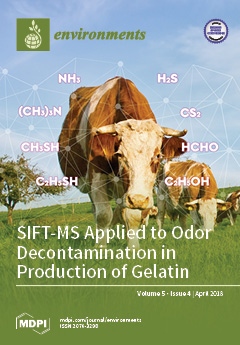The purpose of this cross-sectional study was to investigate hepatobiliary-related clinical markers in Unites States adults (aged ≥ 20) exposed to lead using the National Health and Nutrition Examination Survey (NHANES) 2007–2008 and 2009–2010 datasets. Clinical markers and occupation were evaluated in 4 quartiles of exposure—0–2 μg/dL, 2–5 μg/dL, 5–10 μg/dL, and 10 μg/dL and over—to examine how the markers and various occupations manifested in the quartiles. Linear regression determined associations, and binary logistic regression predicted the likelihood of elevated clinical makers using binary degrees of exposure set at (2 μg/dL, 5 μg/dL, and 10 μg/dL). Clinical makers, and how they manifested between exposed and less-exposed occupations, were explored in addition to how duration of exposure altered these clinical markers. In regression analysis, Gamma-Glutamyl Transferase (GGT), total bilirubin, and Alkaline Phosphatase (ALP) were positively and significantly associated with Blood lead level (BLL). Using binary logistic regression models, at the binary 2 μg/dL level ALP, and GGT were more likely to be elevated in those exposed. At 5 μg/dL level, it was ALP and GGT that were more likely to be elevated in those exposed whereas at 10 μg/dL level, it was GGT that were more likely to be elevated in those exposed. In the occupational analysis, Aspartate Aminotransferase (AST), Alanine Aminotransferase (ALT), GGT, and ALP showed differences between populations in the exposed and less-exposed occupations. Regarding Agriculture, Forestry and Fishing, duration of exposure altered AST, ALP, and total bilirubin significantly (
p < 0.05) while ALT and GGT were altered moderately significantly (
p < 0.10). With mining, duration of exposure altered AST and GGT moderately significantly, whereas in construction duration in occupation altered AST, and GGT significantly, and total bilirubin moderately significantly. The study findings are evidence of occupational exposure to lead playing a significant role in initiating and promoting adverse hepatobiliary clinical outcomes in United States adults.
Full article





